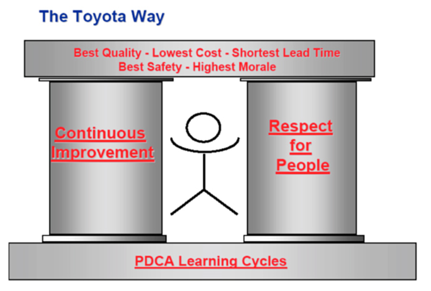It is estimated that the business coaching industry has reached $11.2 billion[1] and will continue to grow at an annual rate of 6.7 percent. This explosion of demand for good coaches is due to our universal need to learn, grow, and improve. People want to accelerate their progress in areas of life that matter most. A good coach does exactly that.
In this series on reclaiming good coaching practices, we’ll explore five practices of successful coaches. Each practice will include an exercise to develop your awareness of that faculty. By good coaching I mean helping the coachee resolve a specific challenge while developing as a more effective human being. The person you coach defines what “effective” looks like.
The reason anyone seeks out a coach is to get better at something. A good coach provides a neutral, nonjudgmental perspective and brings deep presence to the conversation. But effective coaching is not about making suggestions and giving advice. It’s all about supporting them to explore the situation, consider different perspectives and possibilities, and make progress through self-designed experiments.
While coaching other coaches, I often see signs that we have wandered off the path away from good coaching practices. So what makes an effective coach? What skills have the best coaches mastered? Reflecting on the great coaches I have had in my life, a few key practices rise to the top. Effective coaches support the coachee’s personal growth as they search for solutions to the challenges they face. We have to remember that the goal in coaching is to support the person being coached so they develop themselves while striving to resolve their issues. The process is really one of co-development, as both the coach and coachee do the work necessary to improve their thinking and doing. Both the coach and the coachee change and grow during the process. As the person you are coaching strengthens their abilities to solve problems, you also strengthen your coaching skills.
We will focus on five coaching skills common to every good coach I have ever worked with. These are not the only skills that matter in coaching. I am sharing the most impactful practices that helped me develop as a coach and as a human being. It turns out the two are inextricably connected.
The five coaching skills are:
- Listen – going beyond hearing
- Connect – creating trust and safety
- Feel-Think – not getting in the way
- Coach – positioning the other
- Teach – sharing knowledge
An effective coaching conversation moves between these elements. The coaches’ attention is determined by where the coachee is in their thinking process. In future posts, I’ll explore each of these areas and share exercises for strengthening your coaching skills. Until then, be well and coach well!
About Michael Orzen
Michael has been coaching for more than 30 years, supporting people and teams to apply conscious awareness, flow, and enterprise excellence practices in complex work environments. His work had led him on a journey of personal discovery and deep gratitude. His coaching method is based on the mindful awareness, authentic connection, and appreciation of the stories we share. He can be reached at mike@mikerozen.com.
[1] The International Coaching Federation reports global coaching revenues to have reached $20 billion in 2022. https://coachingfederation.org/blog/3-trends-that-will-shape-the-future-of-coaching
